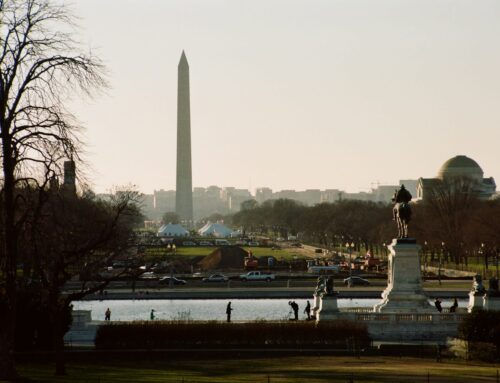It seems so obvious: Taxpayers should receive a fair return for our assets, including the development of oil and gas resources on public lands. Unfortunately, many of the financial requirements for oil and gas companies looking to drill on public lands have not been revised in decades, and numerous reviews and audits have raised concerns about whether the federal government is getting shortchanged. Last week, the Bureau of Land Management, the agency that manages public lands, accepted public input on possible changes to its onshore oil and gas fiscal system.
The most significant financial requirement of any company drilling on public lands is the fee, or royalty, it pays to the government for the rights to remove and sell publicly owned oil or gas. Current regulations set a flat royalty rate for onshore oil and gas leases of 12.5 percent of the value of the oil and gas sold, minus any deductions. Although the Bureau of Land Management is authorized to set a higher royalty rate, it has not done so.
As a result, the federal government charges far less for the removal of federal oil and gas than other land owners. California, Colorado, Montana and Wyoming generally charge a royalty rate of 16.67 percent; New Mexico and North Dakota can charge up to 18.75 percent; and Texas charges between 20 to 25 percent depending on the type of land being leased. Even the federal government charges an 18.75 percent royalty rate on offshore oil and gas.
The Bureau of Land Management's failure to raise onshore royalty rates represents a significant loss to taxpayers for resources developed on federal lands. This contradicts the agency's mandate to “design an oil and gas fiscal system that both ensures that the United States' oil and gas resources are developed and managed in an environmentally-responsible way that meets our energy needs, while also ensuring that the American people receive a fair return on those resources.”
A fair return to taxpayers is a competitive rate of return – a royalty rate that is consistent with royalty rates charged on state lands. This is why the Bureau of Land Management needs to increase the royalty rate for onshore oil and gas production to 18.75 percent, a rate that is consistent with federal offshore oil and gas production and the prevailing state and private royalty rates.
Also, the bureau needs to revise its regulations to make it possible to adjust royalty rates for onshore federal oil and gas leases without a full rulemaking, a cumbersome process that can take years to complete. Again, similar to the system in place for offshore federal oil and gas leasing, the agency needs to set a minimum royalty rate, instead of a fixed rate. In a December 2013 report, the Government Accountability Office recommended that the secretary of the interior “take steps, within existing authority, to revise BLM's regulations to provide for flexibility to the bureau to make changes to onshore royalty rates, similar to that which is already available for offshore leases, to enhance Interior's ability to make timely adjustments to the terms for federal onshore leases.”
Some studies of the federal system have suggested sliding-scale royalty rates, with a higher rate in years when oil prices are higher. But sliding rates can also create unnecessary complexity and inappropriate economic signals, discouraging production with a higher royalty rate when prices and demand are high, while encouraging production with low rates when demand is low. Sliding scale rates also put taxpayers in the role of investors, trading increased risk for the potential of increased reward. This is an inappropriate position for taxpayers vis-à-vis federal oil and gas leases. A set rate – of at least 18.75 percent – will ensure the American people receive a fair return on the amount or value of oil and gas production removed or sold from federal leases.
Lastly, the agency should review the oil and gas fiscal system every five to 10 years and ensure that rates charged on federal lands are comparable with rates charged on state and private lands and offshore federal leases. Oil and gas royalties are one of the largest non-tax sources of revenue for taxpayers, and the Bureau of Land Management should make good on its goal of ensuring a fair return by charging more competitive rates.











Get Social